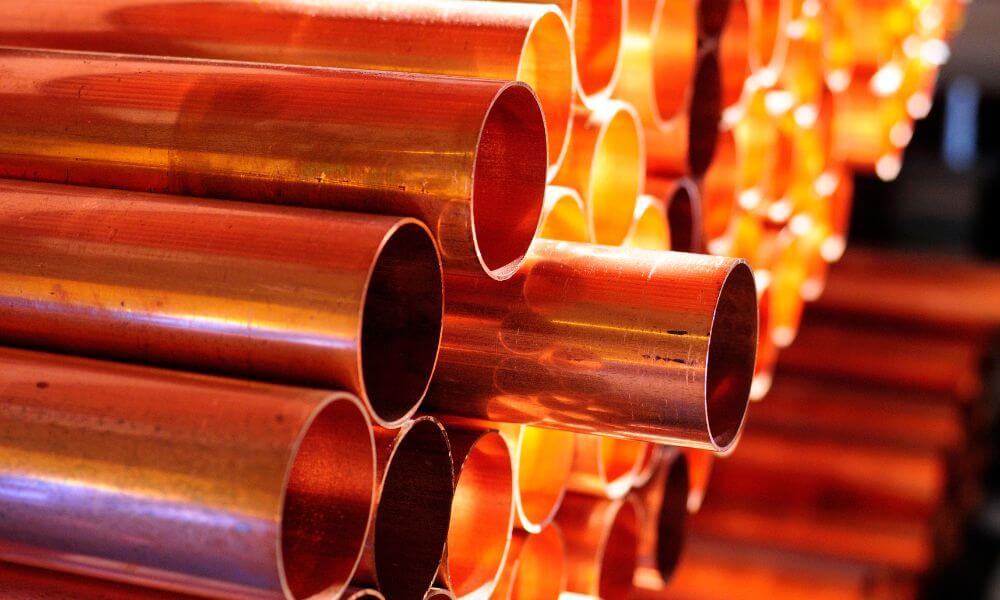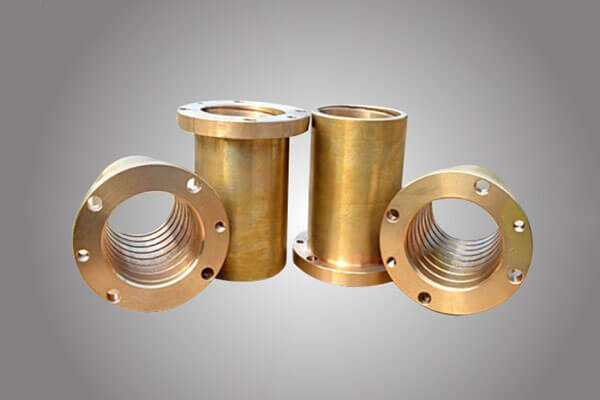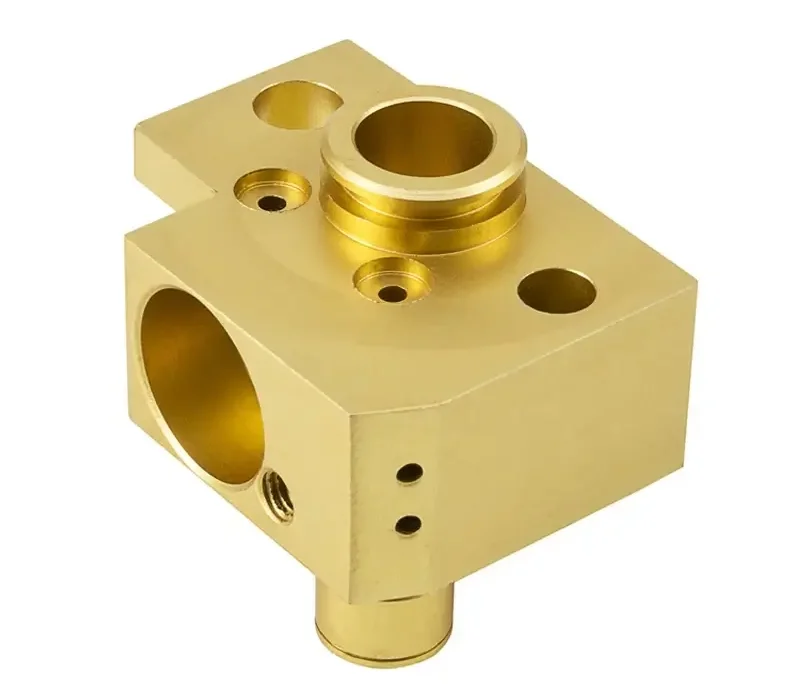Discover the differences between 3 metals: brass, bronze and copper
Brass, bronze, and copper are 3 metals that have been used by humans for thousands of years. While they may look similar at first glance, each metal has its own unique composition and properties that set it apart from the others.
Understanding these differences can help us appreciate the versatility and value of these 3 metals in a variety of applications.
1.3 metals:The Basics of Copper Metal
Let’s start by examining copper, the oldest known metal used by humans. Copper is a pure element, meaning it is made up of only one type of atom. Its atomic number is 29, and it has a reddish-brown color. Copper is known for its excellent electrical and thermal conductivity, making it an ideal choice for electrical wiring and heat exchangers. It is also highly malleable and ductile, allowing it to be easily shaped into various forms. Copper is resistant to corrosion, which is why it is often used in plumbing systems and as roofing material.

2.3 metals:The Basics of Brass
Moving on to brass, we find a metal that is an alloy, meaning it is a mixture of two or more elements. Brass is primarily composed of copper and zinc, with the proportion of each element varying depending on the desired properties of the alloy. The addition of zinc gives brass a yellowish color, which can range from pale yellow to deep gold. Brass is valued for its low friction properties, making it suitable for use in valves, fittings, and musical instruments. It is also highly resistant to corrosion, making it a popular choice for decorative items and jewelry.
3.3 metals:The Basics of Bronze
Bronze,like brass, is an alloy. However, bronze is composed of copper and tin, with the proportion of tin typically being higher than that of zinc in brass. This gives bronze a reddish-brown color, similar to copper. Bronze is known for its strength and durability, making it ideal for applications such as statues, sculptures, and tools. It is also resistant to corrosion and has a low melting point, making it easy to cast into intricate shapes.

While copper, brass, and bronze are three dif metals that each have unique properties, they also share some similarities.One is that all 3 metals are excellent conductors of heat and electricity and can be valuable in various industries. The second is that they are also highly malleable and malleable, allowing them to be easily formed into different shapes. Additionally, copper, brass, and bronze are resistant to corrosion, making them durable materials.
In conclusion, copper, brass, and bronze are 3 metals that have been used by humans for centuries. Copper is a pure element known for its conductivity and malleability. Brass is an alloy of copper and zinc, valued for its low friction properties and corrosion resistance. Bronze, an alloy of copper and tin, is known for its strength and durability. While each metal has its own unique composition and properties, they all share common characteristics such as conductivity, malleability, and resistance to corrosion. Understanding the differences between these metals allows us to appreciate their versatility and value in various applications.
